Happy Birthday, Douglas Hofstadter!
The author of "Gödel, Escher, Bach" and "I am a Strange Loop" turns 80. Let's look back on some of his most fascinating ideas, as well as his evolving stance on AI.

In a world increasingly dominated by artificial intelligence, where GenAI churns out essays and paints digital masterpieces, we find ourselves grappling with fundamental questions about the nature of thought and creativity.
Enter Douglas Hofstadter, the American cognitive scientist and polymath who, at 80, has spent a lifetime exploring these very issues. From his Pulitzer Prize-winning "Gödel, Escher, Bach" to his mind-bending exploration of consciousness in "I Am a Strange Loop," Hofstadter has consistently challenged us to think deeper about thinking itself. Once an enthousiastic proponent of AI, he now finds himself in a slightly more pessimistic role, his evolving perspective perhaps mirroring our collective journey of understanding.
As we celebrate eight decades of Hofstadter's intellectual contributions (rounding up), we're not just honoring a man, but reflecting on how his ideas about self-reference, analogy, and consciousness have influenced our understanding of both human and artificial minds. In an era where AI's capabilities seem to grow without end, Hofstadter's insights offer a unique lens through which to view our rapidly changing cognitive landscape.
GEB
Consider this: before the rise of today's AI, there was "Gödel, Escher, Bach: An Eternal Golden Braid" (1979), a book that, for many, served as their first introduction to the mind-bending possibilities of computation and the intricate dance between logic, art, and music.
Hofstadter didn't just present these subjects in isolation; he wove them together into a grand tapestry, revealing the underlying patterns and self-referential loops that connect them all. Think of it as the pre-AI era's version of understanding how neural networks learn – but instead of lines of code, Hofstadter used Bach fugues and Escher prints to illustrate the core principles of intelligence and representation. It's a book that doesn't just inform; it transforms, leaving readers with a profound sense of wonder about the nature of mind and the potential of artificial intelligence, long before "AI" became a household term.
I Am a Strange Loop
Hofstadter's explorations extend far beyond his most famous work. His follow-up, "I Am a Strange Loop" (2007), dives headfirst into the murky waters of consciousness and self-awareness. These are the very concepts that haunt AI researchers today as they strive to create truly intelligent machines. Think of your sense of self as an endlessly recursive process, constantly questioning and redefining itself. It is similar to the feedback loops that enable AI to learn.
This idea of "strange loops" isn't just some philosophical head-scratcher. It's a powerful metaphor for understanding how complex systems, whether biological or artificial, can generate emergent behavior and a sense of "self."
And then there's the Hofstadter Butterfly, a fractal pattern discovered in physics. Now, you might be thinking, "What does a butterfly made of electrons have to do with AI?" Well, consider the complex, self-similar patterns that emerge in neural networks as they learn. The Hofstadter Butterfly serves as a reminder that the universe is full of intricate, interconnected systems.
These concepts, while originating long before the current AI boom, resonate deeply with the challenges and possibilities we face today. They offer a framework for understanding the complexities of intelligence, both human and artificial, and for grappling with the profound implications of creating machines that can think.
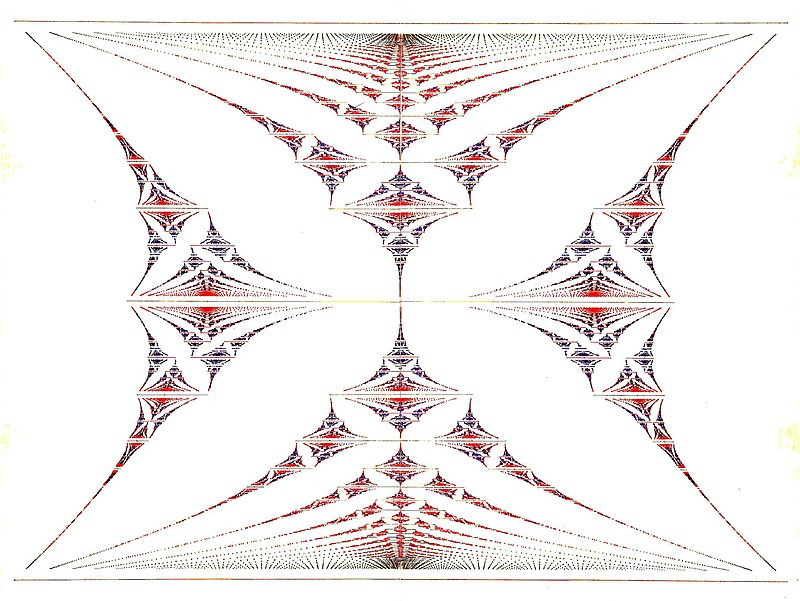
AI
Hofstadter's forays into artificial intelligence weren't about creating faster algorithms or more efficient neural networks. Instead, he sought to unravel the very essence of thought itself. Take the Copycat project, for instance. On the surface, it's an analogy-solving program. Dig deeper, and you'll find a microcosm of human-like reasoning. Copycat doesn't just match patterns; it explores, stumbles, and has those "aha!" moments we associate with human creativity.
This approach to AI stands in stark contrast to today's data-hungry behemoths. While modern language models crunch terabytes of text, Hofstadter advocated for systems that could think in human-like ways—creative, flexible, and yes, sometimes maddeningly inconsistent.
The 'I' we perceive is an illusion, a construct of our constantly shifting consciousness. — Douglas Hofstadter on AI, 2000s
His views on language and translation further challenge our current AI paradigms. To Hofstadter, language isn't a code to be cracked, but a fluid, context-dependent medium of thought. A good translation, in his view, isn't about word-for-word accuracy, but about capturing the essence, the feel, the subtle nuances of the original. It's a perspective that raises profound questions about the limits of current machine translation systems and the nature of understanding itself.
In an era where AI seems to be advancing by leaps and bounds, Hofstadter's ideas serve as a crucial counterpoint. They remind us that true intelligence isn't just about processing power or data analysis—it's about creativity, context, and that ineffable spark we call consciousness.
The evolution of Hofstadter's AI perspective is akin to watching a caterpillar metamorphose into a butterfly, only to realize it's actually a strange loop in disguise. His initial optimism about AI was not the wide-eyed enthusiasm of a tech evangelist, but the measured curiosity of a cognitive explorer. He saw in AI not just a tool, but a mirror—a way to understand our own minds by attempting to recreate them.
But as the AI landscape shifted, so did Hofstadter's stance. The recent pivot in his viewpoint wasn't a sudden about-face, but a gradual recalibration. It's as if he'd been watching a play unfold, only to realize the actors had gone off-script, veering into territory he hadn't anticipated.
Since 2023, Hofstadter's tone has taken on a more cautionary timbre. He's not sounding alarm bells or crying doomsday, but rather raising an eyebrow and asking, "Is this really what we meant to create?"
His concerns about AI's impact on society and truth are multifaceted. Picture a world where language models can generate text indistinguishable from human writing. It's not just about fake news or misinformation—it's about the very nature of authorship and originality. If an AI can write a sonnet that moves you to tears, what does that say about human creativity?
Hofstadter worries about a world awash in AI-generated content, where the line between human and machine thought blurs beyond recognition. It's not the rise of Skynet that troubles him, but something more subtle—a gradual erosion of what it means to be uniquely human.
Yet, true to form, Hofstadter's concerns are not without nuance. He sees in current AI trends not just threats, but missed opportunities. Where are the AIs that can truly understand context, grasp humor, or appreciate the beauty of a Bach fugue? In our rush to create ever more powerful language models and image generators, have we lost sight of the deeper questions about cognition and consciousness?
The human mind is not so mysterious and complex and impenetrably complex as I imagined it was when I was writing Gödel, Escher, Bach and writing I Am a Strange Loop. — Douglas Hofstadter in 2023
Hofstadter's evolving perspective serves as a reminder that progress isn't always linear. Sometimes, to move forward, we need to step back and reassess. As AI continues to advance at breakneck speed, perhaps it's time we all took a page from Hofstadter's book—to pause, reflect, and ask not just what AI can do, but what it should do.
In this strange loop of technological progress, Hofstadter stands as both participant and observer, his changing views a reflection of the complex, often contradictory nature of AI itself. As we celebrate his 80th year, we might do well to consider not just where AI is going, but where we want it to go—and what we might lose along the way if we're not careful.
It was a watershed event, but it doesn't have to do with computers becoming intelligent. Douglas Hofstadter in 1997 (after chess champion Garry Kasparov was defeated by Deep Blue)
Influence
Hofstadter's impact reverberates through the halls of academia and beyond, a cognitive earthquake whose aftershocks we're still feeling. His work on consciousness, self-reference, and analogy-making didn't just push boundaries—it redrew the map entirely, forcing us to reconsider what we thought we knew about minds, both carbon and silicon-based.
Consider the humble analogy. Before Hofstadter, it was a mere rhetorical device. Post-Hofstadter, it's recognized as a fundamental cognitive mechanism, the very bedrock of human thought. This shift in perspective is akin to realizing that what you thought was a decorative fountain in your garden is actually the source of all the town's water.
In our current AI-saturated world, Hofstadter's ideas serve as both compass and counterpoint. As we rush headlong into a future of deep learning and neural networks, his work reminds us of the gulf that still exists between artificial and human intelligence. It's not just about processing power or data crunching—it's about the ineffable qualities of consciousness, creativity, and self-awareness.
As we celebrate Hofstadter's 80th birthday, we're not just honoring a man, but a way of thinking—one that challenges us to look beyond the hype and consider the profound implications of creating machines that can truly think. In this age of rapid AI advancement, perhaps it's time we all took a page from Hofstadter's book and paused to reflect on what it really means to be intelligent, conscious, and human.




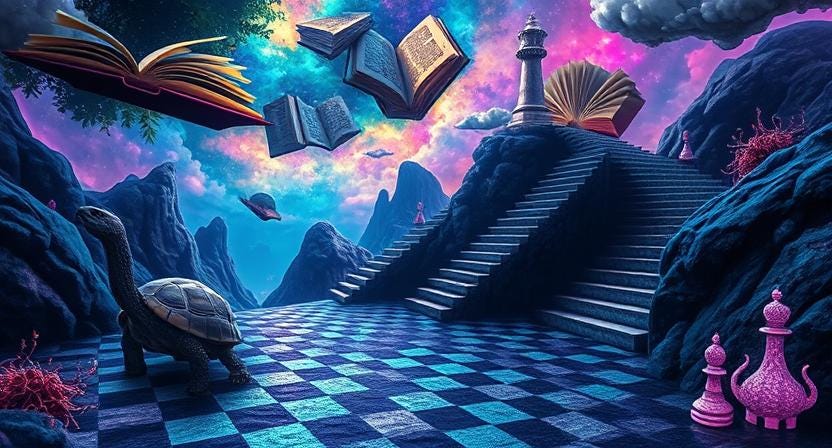
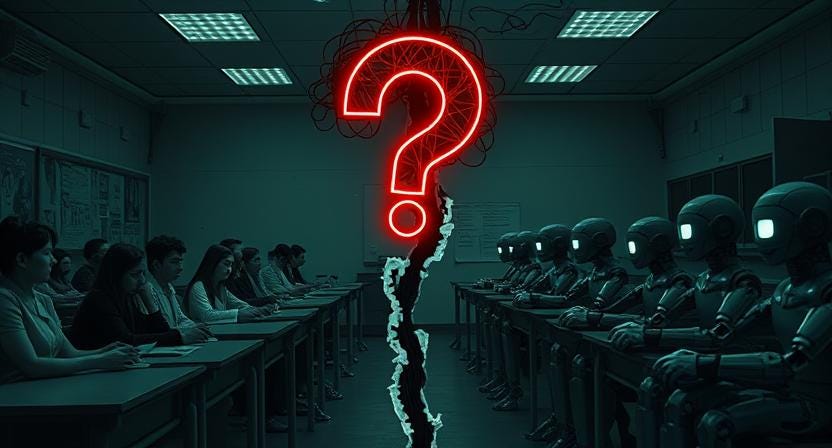
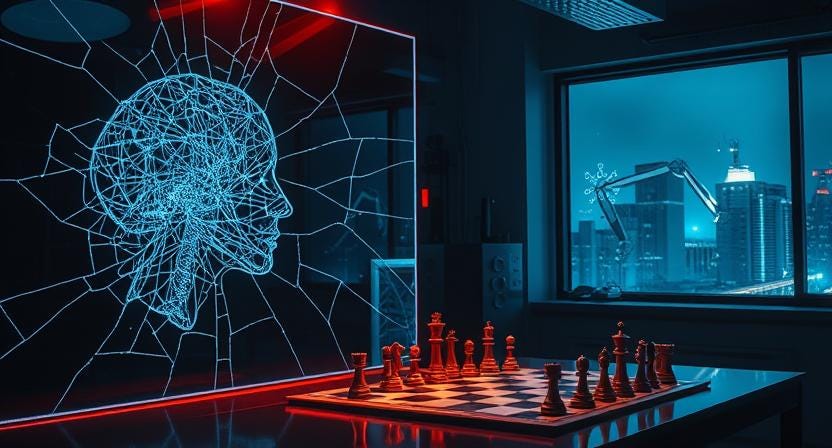
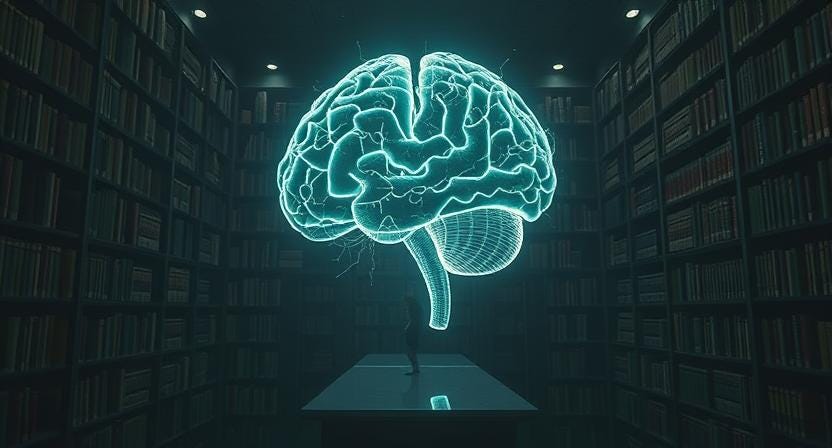
I still have my original GEB hardcover !
Great post I wasn't even aware of his work.